Ten years of the same test, how can 31 provinces answer?
Author:Daily Economic News Time:2022.09.19
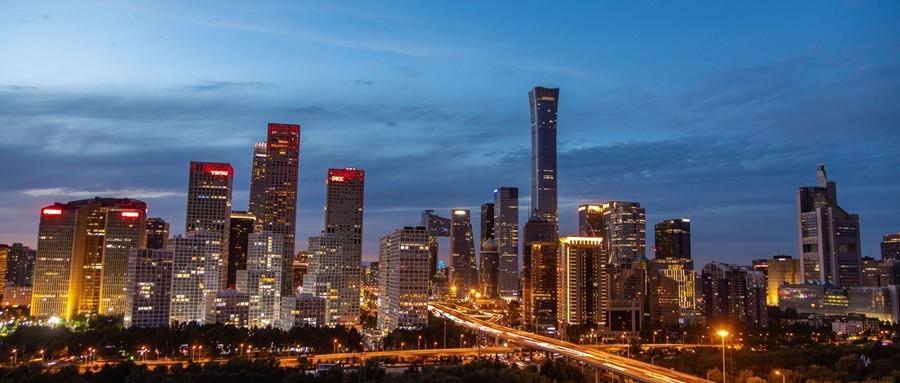
Photo source: Photo Network_502506653
The well -known "Hu Huanyong Line" sketch the unbalanced basic national conditions of development between my country's region simply and clearly. Since the 18th National Congress of the Communist Party of China, my country's regional coordination and coordinated urban and rural development have shown new weather.
Promote the coordinated development of Beijing -Tianjin -Hebei with the function of solving Beijing's non -capital as a "bull nose"; "Quality two keywords", implementing the integrated development strategy of the Yangtze River Delta ... Based on solving the problem of imbalanced development and inadequate development, a series of major regional strategic implementation.
Guangdong constructs the "one core, one area, one area" to solve the largest shortcomings restricting high -quality development; Fujian promotes the construction of the Fuzhou metropolitan area and the integrated development of Xiazhangquan, and the "collaborative song" of Shanhai lingers; Create the "third pole" of Hainan's high -quality development; Hubei has vigorously developed the three major metropolitan urban circles of Wuhan, Xiangyang, and Yi Jingjing to increase the degree of economic aggregation ... within various provinces, it is also gradually forming a large, small, small cities, and coordinated development of urban and rural areas. New pattern.
Recently, 31 provinces have successively held press conferences with the theme of "China Ten Years". From this, we can also see how the provinces have answered the question of "coordinated development" in the past ten years.
Provincial collaboration
Guangdong is famous for its economic developments, but it is also well -known for its imbalances -there are both economically developed Pearl River Delta regions, as well as economically underdeveloped Guangdong and western Guangdong. "Underestimate development of urban and rural areas is the biggest shortcoming of Guangdong's high -quality development", and strives to turn shortcomings into "potential" and become an important task of Guangdong.
In the past ten years, the development pattern of the "one core, one area, one area" area has been built in Guangdong, and it divides the core area of the Pearl River Delta, the coastal economic belt, and the northern ecological development zone.
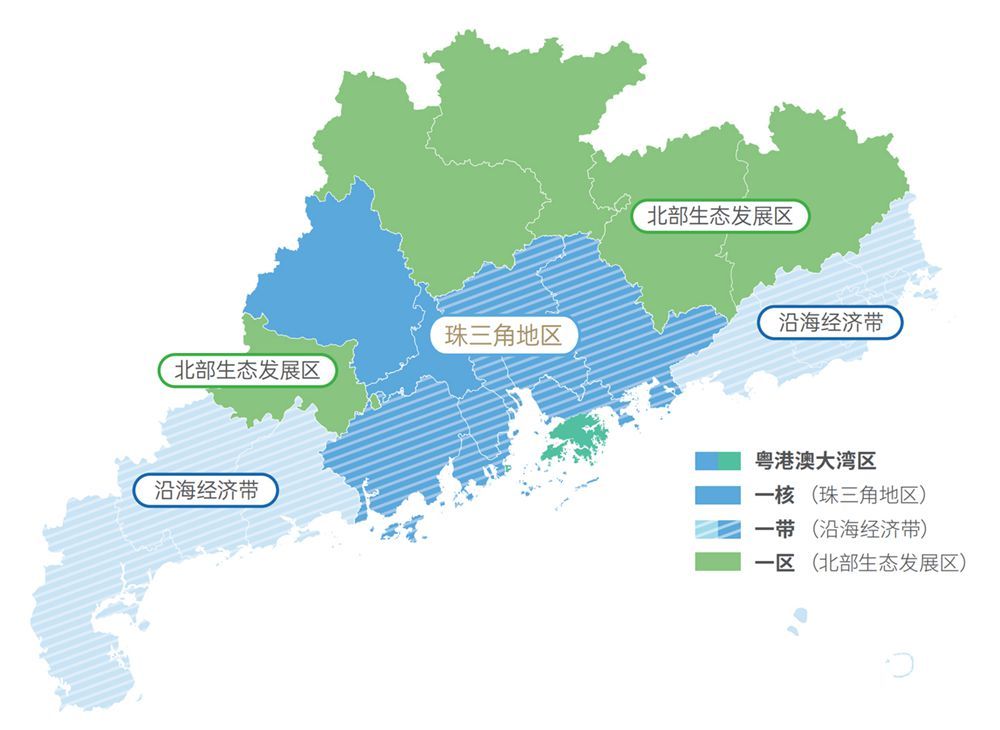
Photo source: Website of the Guangdong Provincial Department of Commerce
For different regions, Guangdong has formulated differentiated fiscal, infrastructure, industries, and public uniform policy systems. At the press conference of "China Ten Years · Guangdong", the regional development difference coefficient of regional development in Guangdong Province has been reduced to 0.53.
In fact, many provinces have difficulty imbalances and inadequate problems. To sum up the method of cracking in various places, the more common ideas are that they no longer focus on a single city, but to promote centers that are developed with more developed economies, form a urban agglomeration and urban circle, and strengthen the role of agglomeration and radiation in core areas; at the same time Pay attention to the reasonable division of labor, dislocation development, and complementary advantages between the provinces.
For example, Fujian, one hand promotes the construction of the Fuzhou metropolitan area, and promotes the integrated development of Xiazhangquan in one hand. By 2021, the two cities of Fuzhou and Quanzhou have entered the ranks of trillion -level cities, which will also lead to the two coordinated development zones of northeast Fujian and southwestern Fujian.
Another example is Hubei, and the three major metropolitan districts of Wuhan, Xiangyang, and Yi Jingjing are drawn in the province, which is intended to improve economic agglomeration and urban competitiveness. From the "one master, two sidelines" pattern to the three major metropolitan circles today, Hubei delineated the differentiated goals of three circles, and emphasized the linkage development of central cities and surrounding cities, so that the interior of the metropolitan area will form a stronger joint force. Essence
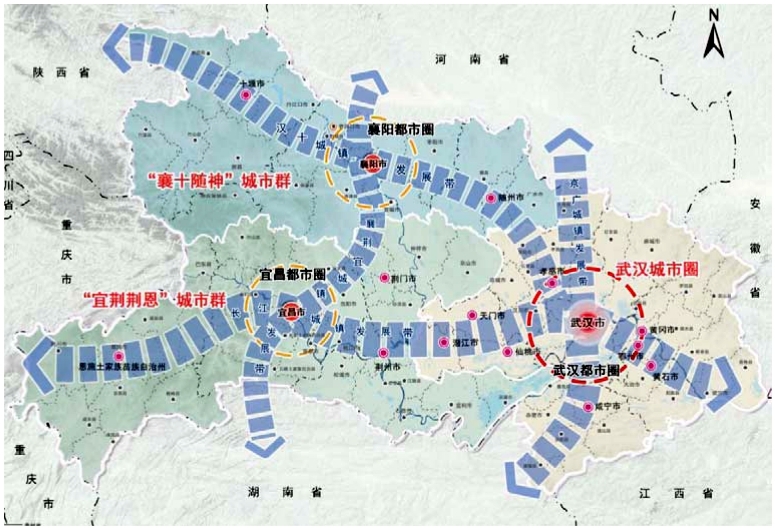
Picture source: "Hubei Province New Urbanization Plan (2021-2035)"
Under such ideas, the provinces often present a regional development pattern of "pole/group/circle", "belt", and "zone". Gansu is a "one nuclear and three belt", Liaoning is "one circle, two districts", Shandong is "a group of two hearts and three laps", Shanxi is "a group of two districts, three circles", Chongqing is a "one district, two groups", Sichuan is Sichuan is is the Sichuan is the "One work and multiple branches", Hainan is the "one area of the trigen area" ... When the sector coordinates and competes for development, the development of economic and social development hopes to brew more than one force.
Another manifestation of the "coordinated development" of the province's internal exploration and practice is manifested in urban urban areas. In recent years, the development of urbanization has emerged in some new cities and new districts. Many new cities and new districts focus on the development of simple industrial, ignoring the growth of cities, leaving historical debts that are unbalanced in development.
Hainan's Lizhou and Yangpu are such a pair of old and new relationships. In order to promote the transition from "physical overlapping" to "chemical reactions", Hainan's free trade port region coordinated the "first shot" in this area -promote the integrated development of Yangpu in Puzhou, and build Hainan Jihaikou, to build Hainan Jihaikou, The "third pole" of high -quality development after Sanya.
The same is true of Tianjin's "Jincheng" and "Bincheng". The center of Tianjin is densely populated, but it is far from the coastal urban area; the industrial agglomeration of Binhai New District, but the urban supporting functions are not perfect. It is reported that in early 2016, the number of tide -type commuters between the central urban areas and the Binhai New District dozens of kilometers per day was about 300,000.
According to the news of the "Ten Years of China · Tianjin", in recent years, Tianjin has proposed to create a "Jincheng" and "Bincheng" dual city development pattern to prevent the "large cakes" in the central urban area and prevent "eating in the Binhai New District. "After the unremitting efforts in recent years, positive progress has been made."
Regional strategy
Views have been opened from the province. In the past ten years, the strategy of major regional strategies has been steadily promoted, and a new pattern of joint development of east -west, north, south, and cross -seductive development is being formed.
In 2014, Beijing -Tianjin -Hebei coordinated development, and the three places closely grasped the "bull nose" of the non -capital function. Beijing's out -of -the -ware outbound manufacturing enterprises, regional professional markets, universities, and medical resources. In 2020, the resident population of the central city area was 10.985 million, a decrease of 15.1%from 2014, achieving the goal of the Beijing -Tianjin -Hebei coordinated development planning outline. Tianjin and Hebei have undertaken a large number of major projects, enterprises and resources. Coupled with the creation of "Beijing -Tianjin -Hebei on the orbit", the coordinated development and the same city effect are increasingly prominent. Source of the Jingtang Intercity Railway, which is open to traffic: Xinhua News Agency
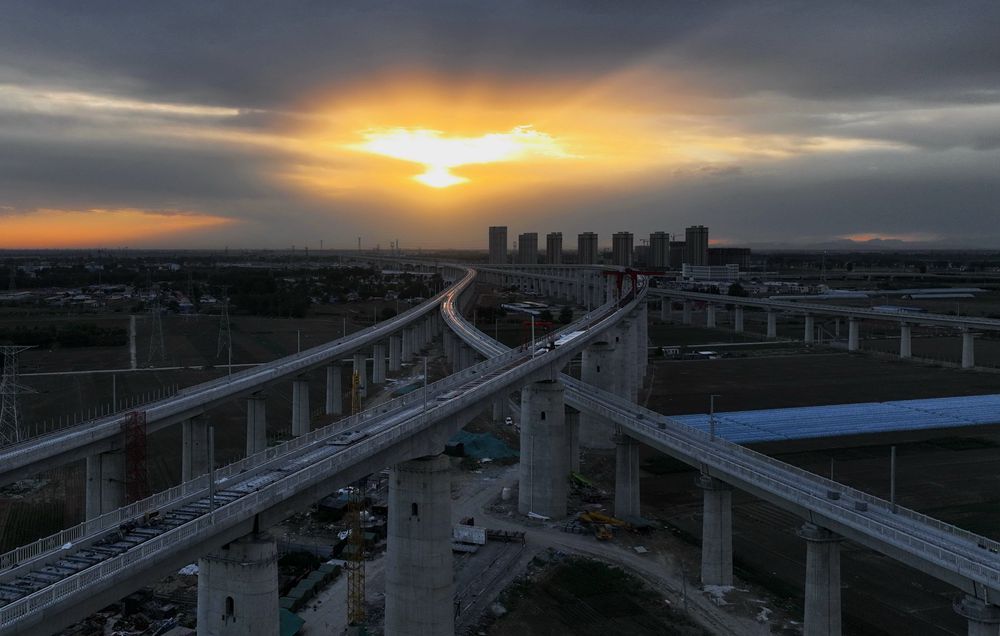
In the Beijing -Tianjin -Hebei region, the predicament of "can't finish eating in Beijing, Tianjin can't eat, and Hebei can't eat". After nearly ten years of coordinated development, according to the summary of the "China Ten Years · Beijing" conference —— Now it is "the petals on the same flower, the petals are different, but the petals are the same."
In 2017, the construction of the Guangdong -Hong Kong -Macao Greater Bay Area was officially launched. The place where my country's reform and opening up is the first to promote reform and opening up at a greater courage and higher starting point. "If the network is in the outline, there is an organized and methodical", the "outline" of Guangdong's reform and opening up in the new era is the construction of the Guangdong -Hong Kong -Macao Greater Bay Area. According to Guangdong Province, in 2021, the total economic volume of the Greater Bay Area reached 12.6 trillion yuan, an increase of 2.5 trillion yuan from 2017.
In 2018, the integrated development of the Yangtze River Delta rose to the national strategy. The three provinces and one city closely follow the two keywords of "integration" and "high -quality".
So far, what paths are worthy of summary of the Yangtze River Delta integrated? According to Shanghai's summary, there are five aspects:
The planning docking is the "cow nose". In the process of preparing the plan, a communication and contact mechanism of cross -provinces and cities and departments was established; The establishment of the 15 special cooperation groups allows the enthusiasm of each lead unit to play; make full use of market forces to make it a weapon to eliminate market barriers and institutional mechanism obstacles; improvement of mechanisms is an important guarantee, forming the Yangtze River Delta regional cooperation office, mobilizing all walks of life from all walks of life Participate and form a joint force for integrated development.
Judging from the wording of the conference, Anhui is the most obvious beneficiary in the integrated development of the Yangtze River Delta. At the press conference of "China Ten Years · Anhui", the province has changed from the "listening student" of the Yangtze River Delta to "intercourse" to "formal student", and the total economic volume accounts for 4 provinces and cities By 15.6%, in 2021, the actual funds in the project in the construction of more than 100 million yuan in construction in Anhui were close to 1 trillion yuan. One of each of the tourists from outside Anhui Province was from Shanghai, Jiangsu and Zhejiang. In the future, Anhui will also "take the initiative to go up and blend more actively."
Hefei Picture Source: Photo Picture Network_501746368
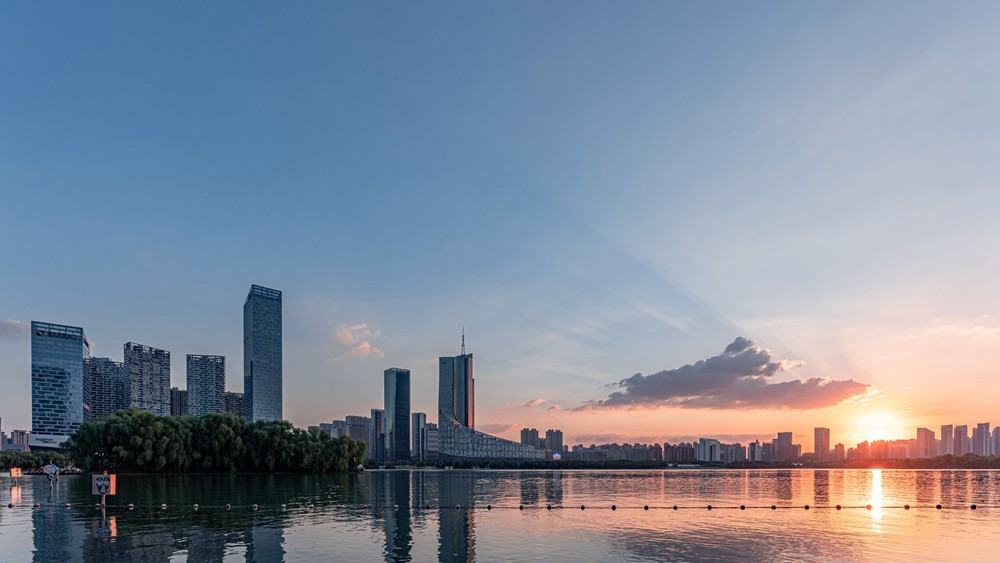
In 2020, Sichuan -Chongqing provinces and cities were given a common mission of singing "Shuangcheng". By June of this year, the joint meeting of the Sichuan -Chongqing Party and Government and Government Government had been carried out for the fifth time. The two places are moving, and the construction of Shuangcheng Economic Circle in Chengdu -Chongqing has entered a new stage of comprehensive speed speed up and a new stage of overall momentum.
According to Sichuan's summary, the total economic volume of the Shuangcheng Economic Circle of Chengdu -Chongqing area in 2021 was 7.4 trillion yuan, an increase of 1.1 trillion yuan from 2019. economic growth was 8.5%, and the growth rate led the west. %And 30.8%. In the first half of 2022, the economy increased by 3.3%.
Docking
Major regional strategies have brought major development opportunities. Many provinces also show the attitude of active service, docking and integrating major strategies at the press conference, and strive for greater actions in the new development pattern-
"The Long Triangle in the North, the Guangdong -Hong Kong -Macao south and the Guangdong -Hong Kong -Macao" Fujian, the provincial trade volume of the Yangtze River Delta reached 40%, and 15%with the Pearl River Delta; Regional Shuangcheng Economic Circle cooperation; Inner Mongolia through the construction of transportation infrastructure, some cities have been integrated into the capital of 2.5 hours of "commuting circle"; Guangxi is a comprehensive connection between the Greater Bay Area, from infrastructure to the manufacturing system. Rong; Hunan actively connects national strategies such as the construction of the Guangdong -Hong Kong -Macao Greater Bay Area and the integrated development of the Yangtze River Delta, and strives to show new responsibilities in promoting the rise of the central region and the development of the Yangtze River Economic Belt; the new layout of urban and rural areas in Shanxi is also integrated into Beijing and Tianjin Hebei, matching Xiong'an New District as the goal.
Plan the area from a global plan to serve the global situation. From the perspective of the country, in recent years, some major strategic deployments across the East and West, China Unicom have also giving the regional space structure optimization and the improvement of resource allocation efficiency.
Gansu Molten Salt Tower Optical Power Generation Project Picture Source: Xinhua News Agency

Gansu province mentioned that the promotion of cross -regional cooperation such as "Western Delivery East Transmission, Western Qi East, West Oil East Transport, East Digital West Calculation" has made Gansu's strategic channel position in the open layout of the country in the west.
Qinghai Province mentioned that with the help of poverty alleviation collaboration and counterpart support, this western province has won the battle against poverty. A regional cooperation has been strengthened, the industrial layout has been strengthened to the larger scale, and the coordinated development of the region has been promoted.
And those provinces that are open -edge, such as Heilongjiang, Inner Mongolia, Xinjiang, Yunnan and other places, thanks to the implementation of the "Belt and Road".They stand on the new frontier open to the outside world, use large channels for opening up to the outside world, connect to a wider market, promote the optimized allocation of resources, technology, funds, and market elements, and accumulate more potential energy in coordinated development.Daily Economic News
- END -
hot!hot!hot!Asian Games English Learning Passionate Cross Hangzhou High temperature
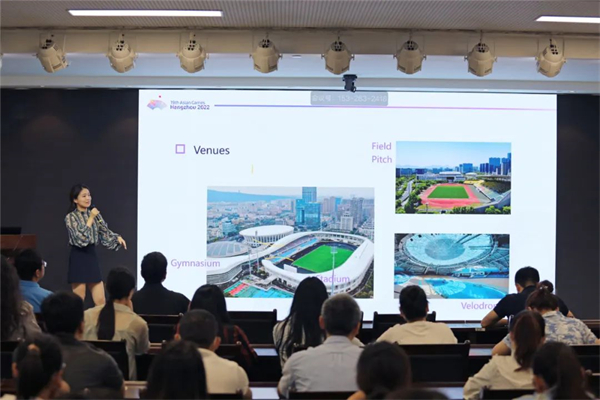
Live ceiling! It's comparable to Dong Yuhui.Hurry up to the Asian Games, the Asian...
Brand marketing 丨 Tesla's "problem" is constant. Why is it so hot?
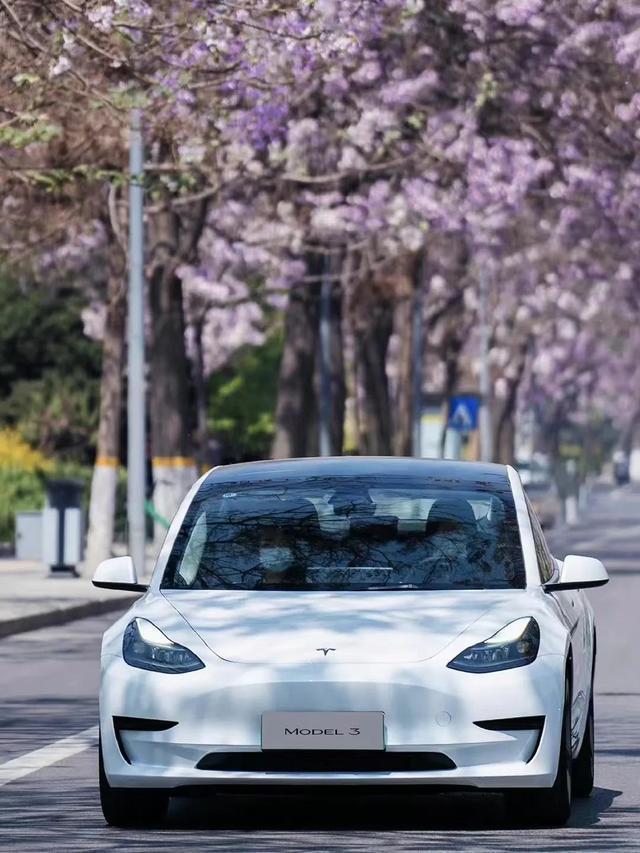
Recently, a Tesla Modelx drove by the star Lin Zhiying collided with the island du...